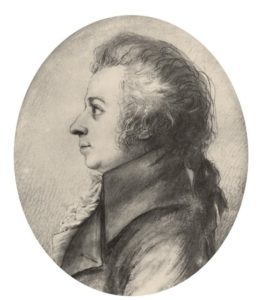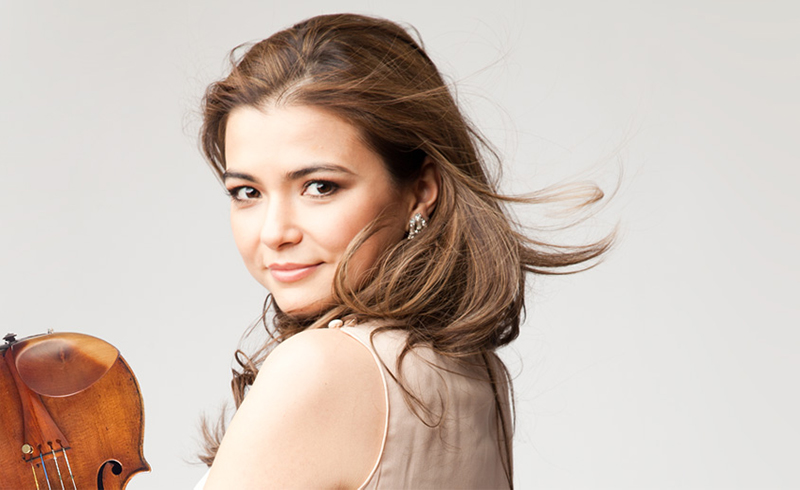
Hailed by the Chicago Tribune as “a first-rate artist of real musical command, vitality, brilliance, and intensity,” violinist Karen Gomyo is taking the world’s music halls by storm with her brilliant and insightful performances. This weekend, she joins the Houston Symphony in Mozart’s sparkling Violin Concerto No. 3. Recently, I got a chance to ask Karen a few questions about her upcoming performances.
Calvin Dotsey: How would you describe Mozart’s Violin Concerto No. 3 to someone who has never heard it before?
Karen Gomyo: This music gives the listener utter joy. The simplicity with which Mozart could express deep human emotion is truly genius. He touches the “inner child” in us. The music is elegant, happy and humorous in the outer movements and innocent and dreamlike in the middle movement.
CD: Has the way you play Mozart been influenced by the historically informed performance movement? If so, could you give an example?
KG: I think it’s always important to know how any music might have been played during the time in which it was composed. Of course we will never know for sure without recordings, which obviously didn’t exist back in the 18th century, but based on surviving written documents, we do have sufficient knowledge to have a pretty good idea. Also, instruments from that period have a lighter, crisper sound, and there are certain stylistic traditions that were followed at the time, such as the use of ornaments, different use of vibrato and treatment of tempo.

CD: What do you personally love about this concerto?
KG: I love that it takes me back to my childhood. My close friend was learning this piece when we were both eight years old, and I just loved the way he played it and the memories of our innocence that it brings back. Like a mini-opera, it is full of character and wit, and one can really tell a story with it.

KG: My favorite passage in this concerto, if I had to choose one, would be the brief but absolutely gorgeous twelve-bar Andante section in the middle of the third movement, which is otherwise a joyous dance-like movement. The Andante comes seemingly out of nowhere, and is never repeated again. The strings in the orchestra play pizzicato, like raindrops, and the oboes have the most beautiful descending line over four bars. After these few seconds of bliss, the music goes back to the more energetic character until the end of the piece.
CD: You have taken a special interest in tango music, specifically the music of Astor Piazzolla. What about this music attracts you, and how is performing it different from performing, say, a Mozart concerto? Do you feel that playing tango music enhances your performance of other styles of music?
KG: I first heard Piazzolla’s music when I was about 14 and fell in love instantly. His Nuevo Tango is a departure from the traditional tango and is influenced by classical, jazz and synagogue music. It’s a true portrayal of the genuine interest Piazzolla took in different kinds of music while growing up in New York.

What one learns from playing tango is the strong rhythmic discipline that acts as the foundation, over which one can play with incredible freedom. In classical music we don’t talk enough in detail about the importance of rhythmic character and discipline the way we talk about sound quality, intonation, vibrato, phrasing, etc. In music as simple and transparent as Mozart’s, rhythmic precision and character become very important. How to treat a rhythmic motif to best express the character of a certain passage or phrase can be a subtle detail that might really change the feeling of the music.
CD: What do you like to do when you aren’t practicing, performing or traveling to your next concert?
KG: I love spending time with my friends. I am lucky to have wonderfully diverse friends in music as well as outside of it. I get the most inspiration from our quality time together. Also, nature is essential for me. Some of my most moving memories are from a four-day backpacking trip in the Canadian Rockies and a solitary two weeks in the south island of New Zealand, being alone and one with untouched nature.
Don’t miss Karen Gomyo playing Mozart’s Violin Concerto No. 3 April 14, 16 & 17 at the Houston Symphony! Click here for tickets and more information.



